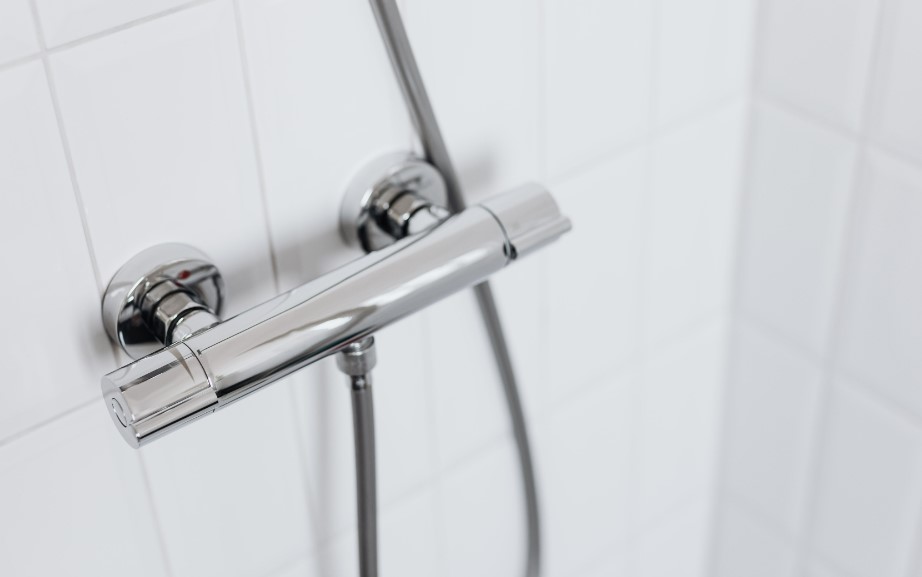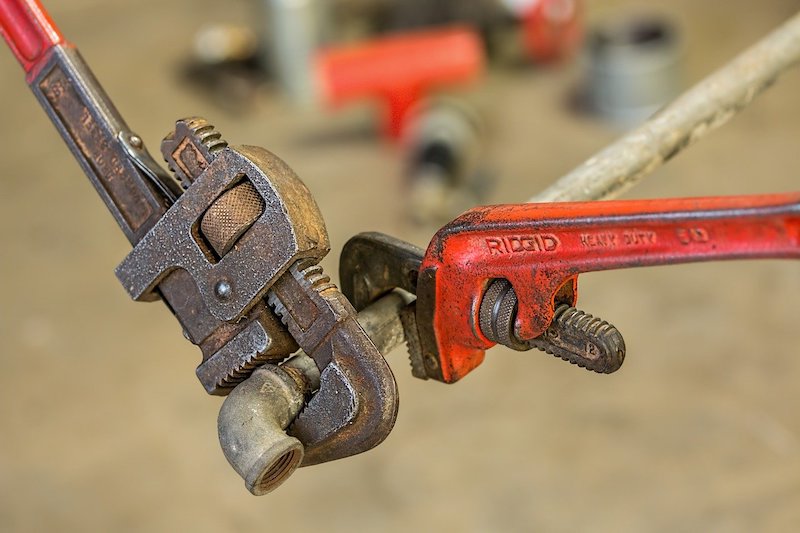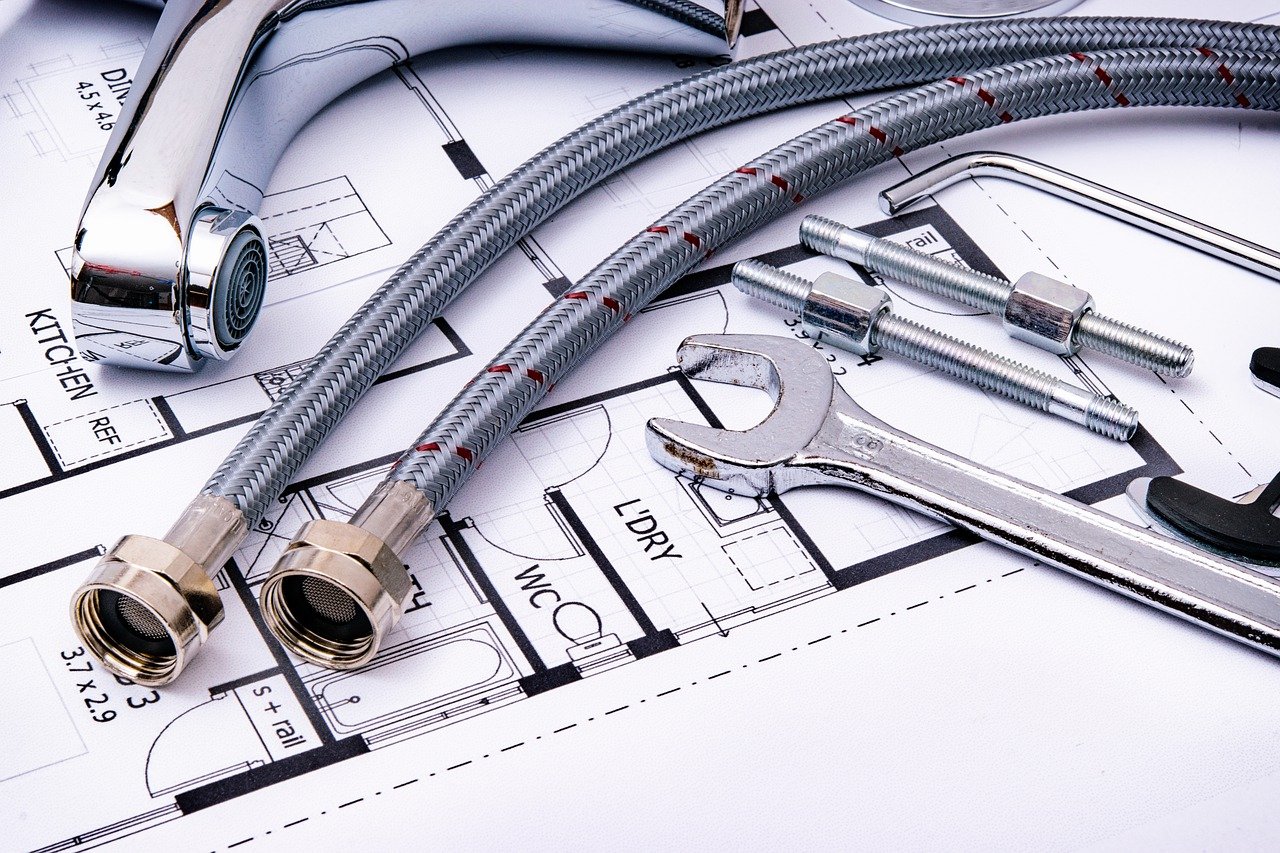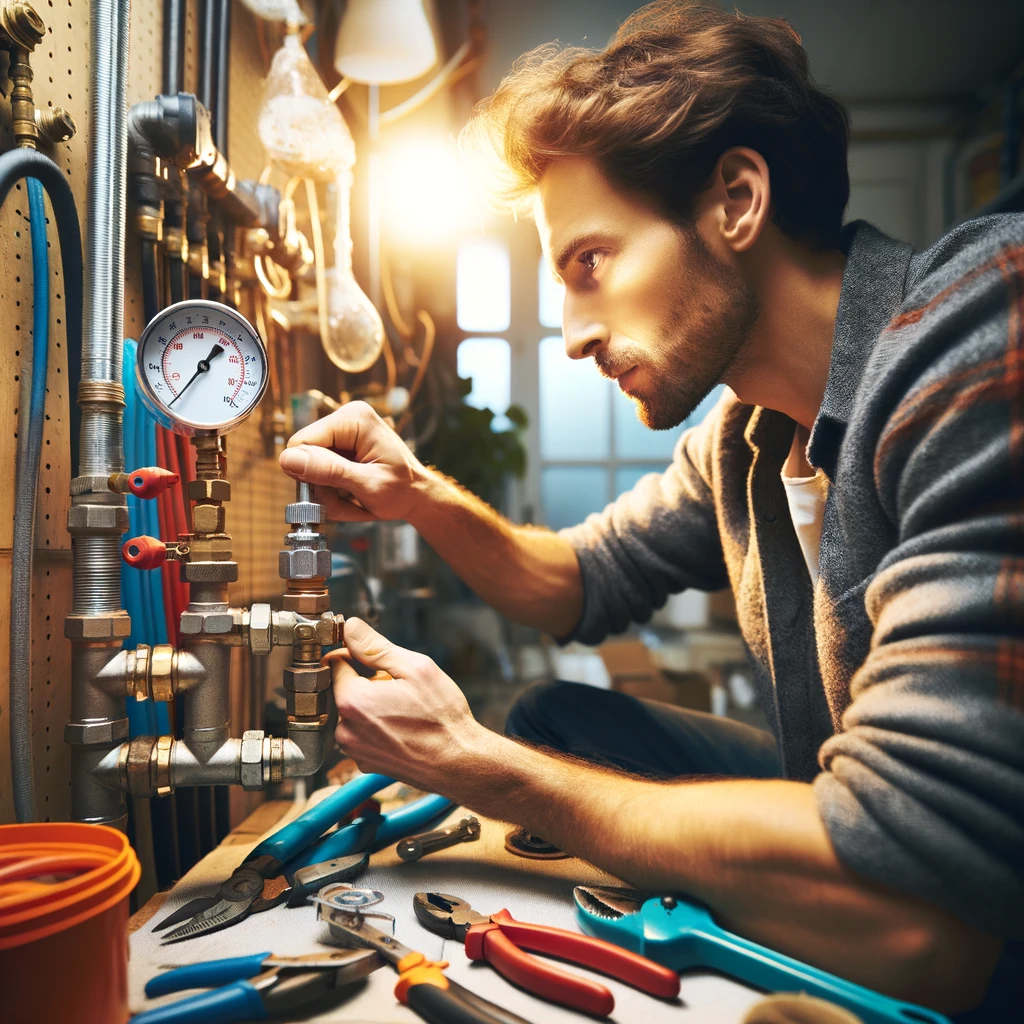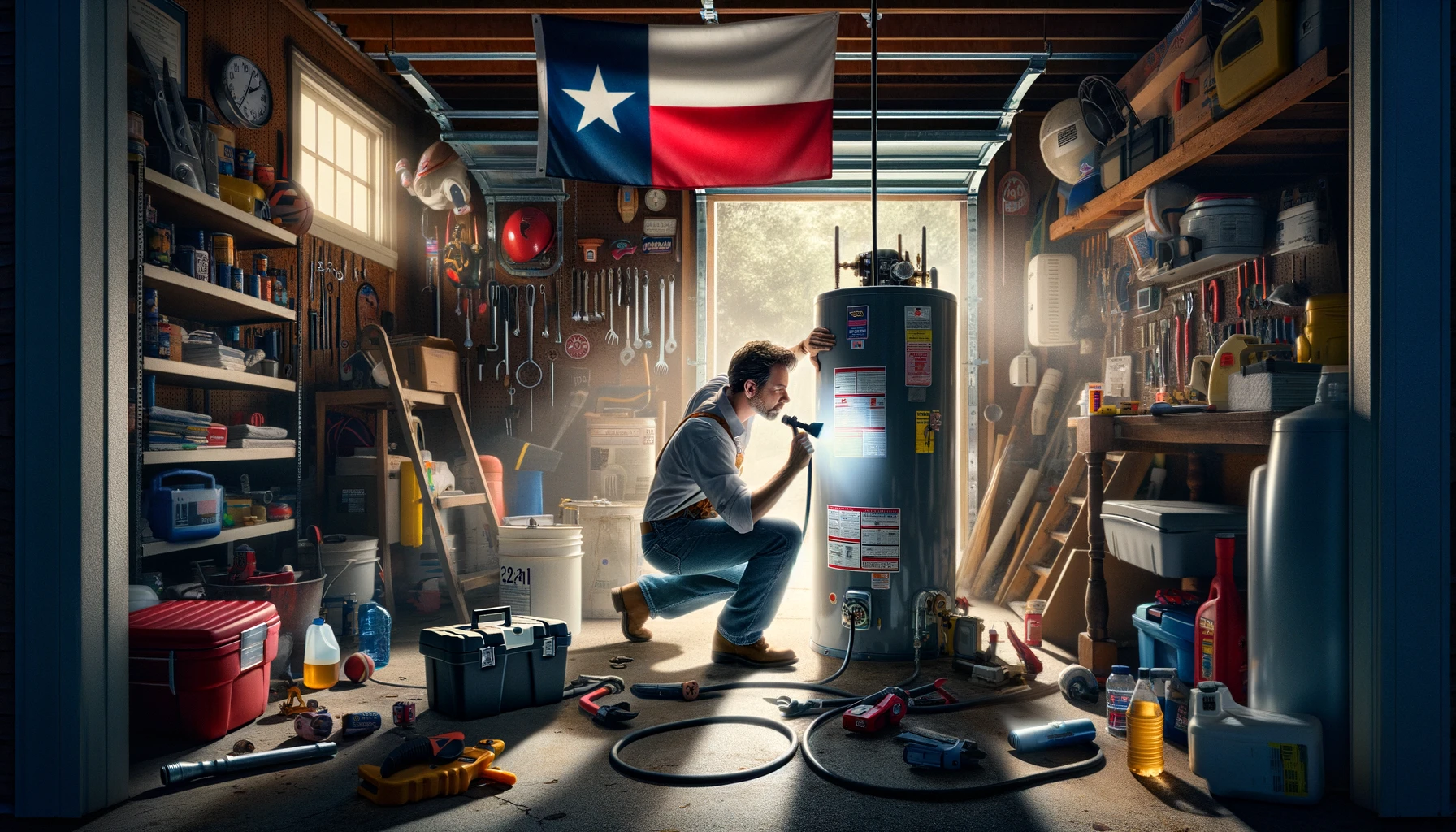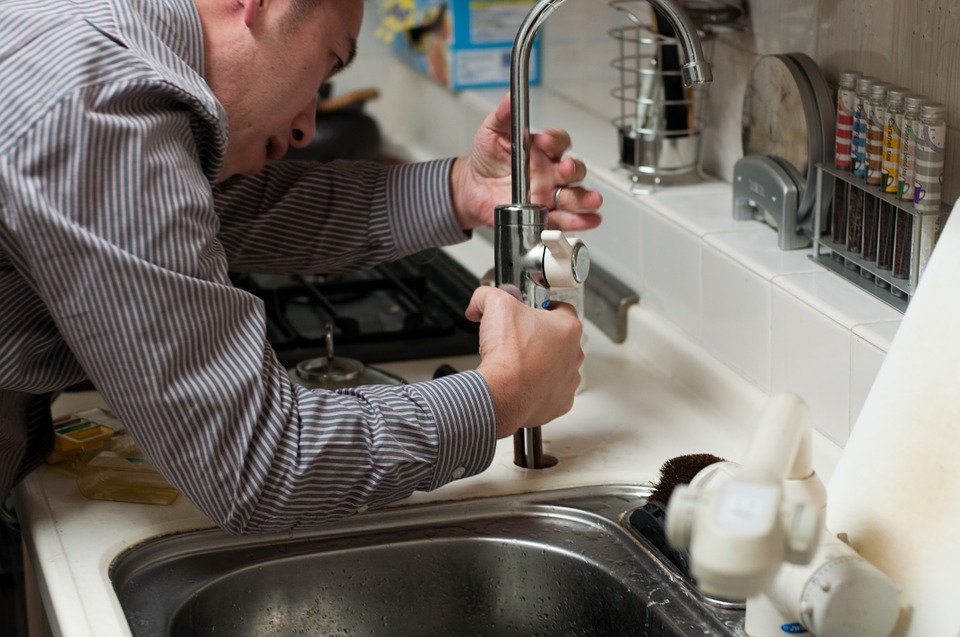A custom home is a considerable investment and immensely rewarding. You get to design your dream home from the ground up. It’s a fulfilling process as you soak into every step, from choosing the layout to selecting the fixtures.
One of the most important aspects of any home, new or old, is the plumbing. The system transports fresh water into your home and wastewater out. It’s a complex system requiring careful design and installation to function correctly. Consult a plumber near Pasadena or your location when building your home. Here are tips to start you off.
List Critical Areas That Require Water Access
Some areas require better access to water than others. For example, you need to quickly turn off the water to the washing machine in case of a leak. Make a list of these critical areas, and include them in your plumbing design. The bathrooms, kitchen, and laundry room are the most critical areas to consider.
Hide The Pipes But Make Sure They’re Easily Accessible
One of the most common aesthetic complaints about plumbing is that the pipes are visible. Avoid this by hiding the pipes within the walls or enclosing them in chase ways, giving your home a cleaner look.
However, ensure the pipes are still easily accessible in case of a leak or another issue. To achieve this, build access panels into the chase ways. Also, label the shut-off valves to know the controls in each area.
Use Quality Pipes
The quality of your pipes directly impacts the quality of your water. For drinking water, use copper or PEX pipes. These materials are non-corrosive and will not affect the taste of your water. PVC pipes are a good option for wastewater because they’re solid and durable.
Insulate The Pipes
Another issue that’s common in colder climates is frozen pipes. Take preventive measures by insulating the pipes. The effort keeps the water inside from freezing. You can buy pipe insulation at most hardware stores. Choose PEX pipes because they’re less likely to freeze. They expand rather than burst.
Vent The Pipes
Venting is vital to any plumbing system because it prevents sewer gases from entering your home. The vents also keep the water flowing in the right direction. Without vents, the water would sit in the pipes and eventually back up. The most common type of vent is a roof vent. Talk to a plumber about the best option for your home.
Install a Water Softener
If you live in an area with hard water, installing a water softener that removes iron is a good idea. It removes minerals from the water, making it softer. The exercise is beneficial because it extends the life of your plumbing fixtures and appliances. It also prevents build-up in the pipes, causing clogs. When shopping for a water softener, choose one specifically designed for your home’s pipes.
Choose The Right Fixtures
The fixtures you choose for your home significantly impact its overall look and feel, but it’s not just about aesthetics. They should also be functional. For example, if you have young children, choose lever handles on the faucets instead of the knob style.
It makes it easier for children to turn the water on and off. For a more energy-efficient option, consider low-flow fixtures. They use less water but still provide enough pressure for washing dishes, taking showers, and other tasks.
A Centralized System is Less Stressful
As you plan the plumbing, remember to centralize the system. It makes repairs and future maintenance more accessible and less expensive. Also, don’t compromise on quality. In the long run, it’s not worth it. Consider your future needs when making plumbing decisions and opt for features that will make your life easier. Remember, this is your forever home; take time to do it right.
